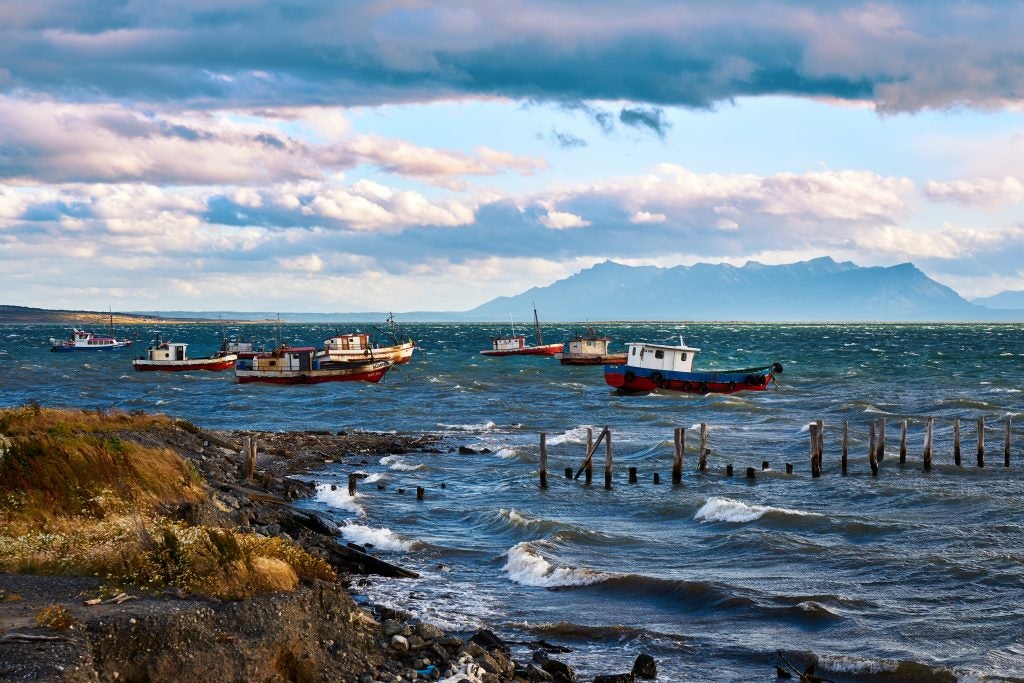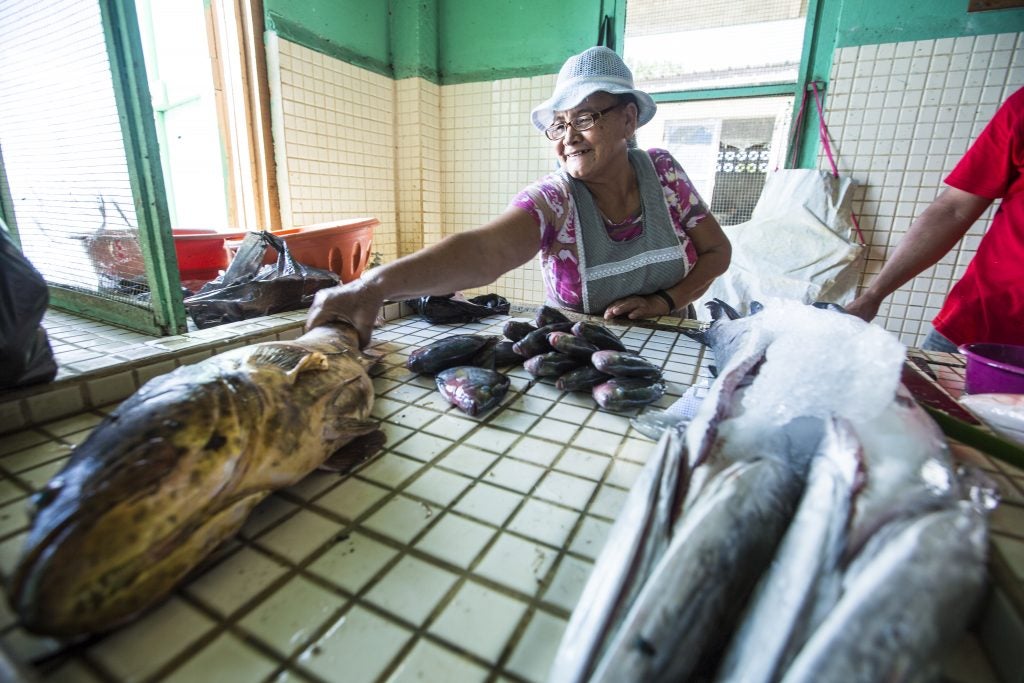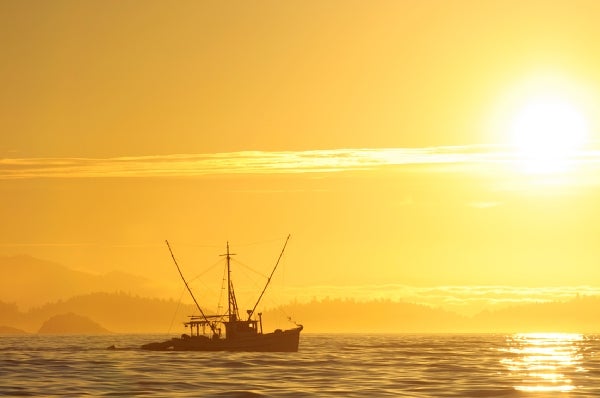
Recently, there has been a great deal of interest and even excitement about how seaweed might be able to help save us from climate change.
I appreciate the newfound exuberance for seaweed, and wholeheartedly agree that seaweeds do a lot for society and the planet. A similar awakening to the wonders of seaweed occurred in the 1980s, but it is now a distant memory. Let’s revisit the past so we can figure out how to create the conditions that will drive the restoration of seaweed forests and the expansion of seaweed farming at scale so they can contribute to carbon drawdown while benefiting people and nature. Read More











 By
By  In many fisheries, many species are caught at the same time. These are called multispecies fisheries, and the fact that they catch many species together, with the same gears, means that the different species are caught at the same rate. The trouble is, some species are productive enough to withstand high catches while others are not. So as a result, the low-productivity species get fished out, reducing overall yield, markets for diverse species and economic and ecological resilience — resulting in serial depletion. While many single-species fisheries are becoming more sustainable thanks to science-based management strategies, multispecies fisheries often face greater sustainability challenges, and these challenges will grow in the face of climate change.
In many fisheries, many species are caught at the same time. These are called multispecies fisheries, and the fact that they catch many species together, with the same gears, means that the different species are caught at the same rate. The trouble is, some species are productive enough to withstand high catches while others are not. So as a result, the low-productivity species get fished out, reducing overall yield, markets for diverse species and economic and ecological resilience — resulting in serial depletion. While many single-species fisheries are becoming more sustainable thanks to science-based management strategies, multispecies fisheries often face greater sustainability challenges, and these challenges will grow in the face of climate change.  This August, a group of Indonesian, Chinese and Japanese scientists and policy professionals joined EDF to visit some of our long-time partners — fishermen, scientists and resource managers — in Oregon and Washington.
This August, a group of Indonesian, Chinese and Japanese scientists and policy professionals joined EDF to visit some of our long-time partners — fishermen, scientists and resource managers — in Oregon and Washington.